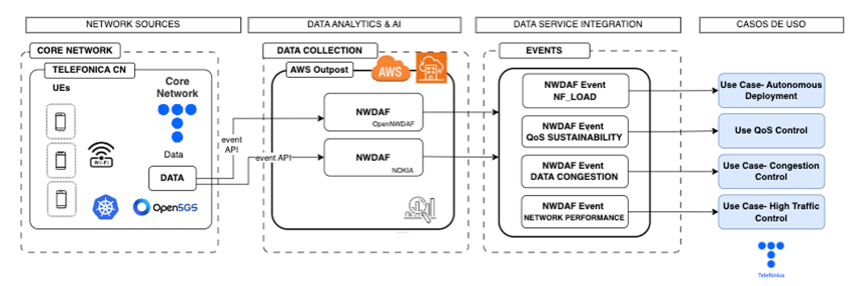Technology
Cybersecurity and Privacy
Web3 and Metaverse
MatildApp, a project by Ideas Locas
In this research we present an Open Source project that provides a framework for Web3 environments in the field of cybersecurity and pentesting.

